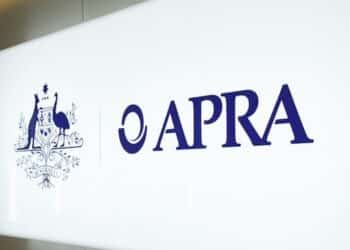As expected, the government announced plans to alter pension eligibility thresholds and to increase the rate at which payment drops above revised cut-offs from January 2017, a move that could see more than 91,000 Australians lose their part-pension and almost 236,000 Australians receive less money.
In handing down the Budget, Treasurer Joe Hockey said that there were no plans to increase the SG, but that the age pension would “continue to increase, twice a year, this year, and every year – at the highest available indexation rate”.
Despite this, FPA general manager, policy and conduct, Dante De Gori raised concerns that proposed changes to the asset-test tapering rate for part-pensioners could have negative implications.
“With changes to the part-pension formally on the table, we are likely to see a number of part-pensioners being impacted negatively. This will obviously create financial concerns for the broader community, particularly given our ageing population,” he said.
The Association of Superannuation Funds of Australia’s chief executive, Pauline Vamos, agreed and raised concerns over how the government would support the next generation of retirees.
“While people may have different expectations of what they will need to spend to live a comfortable retirement, the ASFA Retirement Standard sets a benchmark for the minimum amount required. Under the current Age Pension assets test framework, ASFA estimates that a couple would need a joint superannuation balance of around $510,000 to achieve a comfortable retirement,” she said.
“Increasing the taper rate for part-pensioners from $1.50 to $3.00 per $1,000 of assets, while also increasing the threshold at which the asset test starts to apply, would require a couple to save around $120,000 more for a comfortable retirement, requiring a super balance of $630,000.”
The government’s proposed age pension measures, combined with no increase to the SG, could see a 45 to 50-year-old couple on average earnings an estimated $6,000 per year worse off in retirement as a result of the changes to the pensions assets test, according to Industry Superannuation Australia (ISA).
“For the majority of Australians, the age pension and super are two sides of the same coin,” Industry Super Australia chief executive David Whiteley added.
“Changes to the pension assets test will require most Australians to save more in super or work longer.”
In a positive response, AFA chief executive Brad Fox said he is pleased to see a stabilisation of superannuation rules, adding that the changes retained an incentive for Australians to seek financial advice.
“The pressure to deal with the deficit is clear and supporting increased access to the age pension for lower wealth Australians at the expense of reducing age pension support for Australians with larger superannuation balances is appropriate,” he said.
“It supports the notion that the age pension is a safety net, and most likely retains sufficient incentive for people to seek financial independence in retirement through maximising their personal asset position.”



